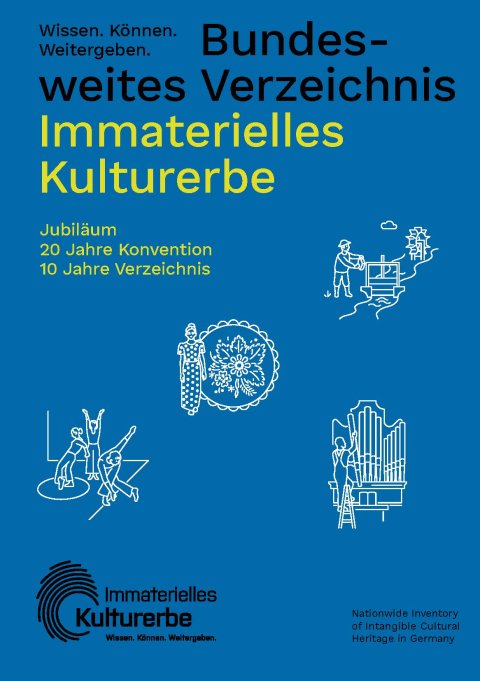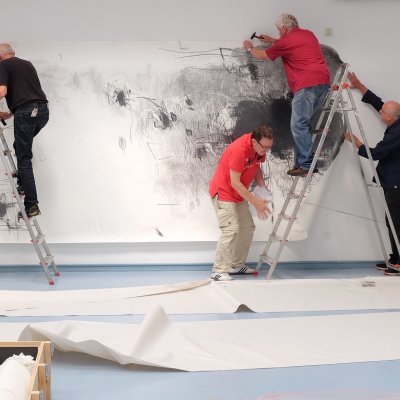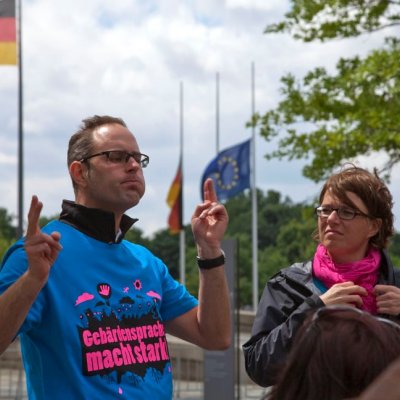Nationwide Inventory of Intangible Cultural Heritage
Willibaldsritt in Jesenwang
Hundreds of people ride their horses in a celebratory procession through a Church at the Willibaldsritt in Jesenwang.
The blessing of the horses during the Willibaldsritt has been taking place in Jesenwang, Upper Bavaria since at least the end of the 16th century. Nowadays up to 300 riders take part in the pilgrimage with their horses and teams of horses and carriages. They are accompanied by up to 2,000 visitors.
The ride now takes place every year around 7 July. The riders gather in St. Willibald during the early afternoon and head for the Church together. After the blessing of the horses, the participants in the procession ride through the house of prayer. They then meet up in the Kastanienhain in Jesenwang to convivially celebrate the consecration of the horses together.
The organisation of the Willibaldsritt is largely undertaken by local families. They also teach the specific knowledge and skills to the younger generation. Passing on the expertise about how to handle horses as well as the necessary knowledge about the organisation of the procession is an important part of this. They are supported by educational programmes arranged by the Friends of St. Willibald (Freundeskreis).
For many people in Jesenwang the Willibaldsritt is a highlight of the year. Lots of people decorate their houses beforehand and follow the procession to the festival grounds on the day itself. In principle, the Willibaldsritt is open to anyone who is interested. Only knowledge about guiding horses and teams of horses is a condition for active participation.




